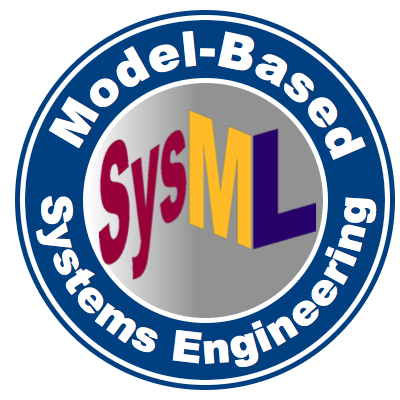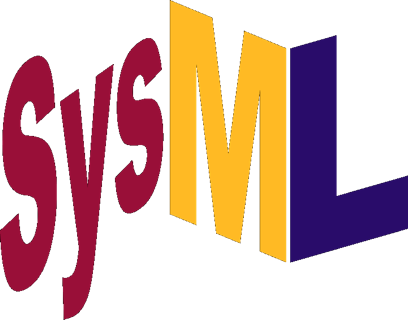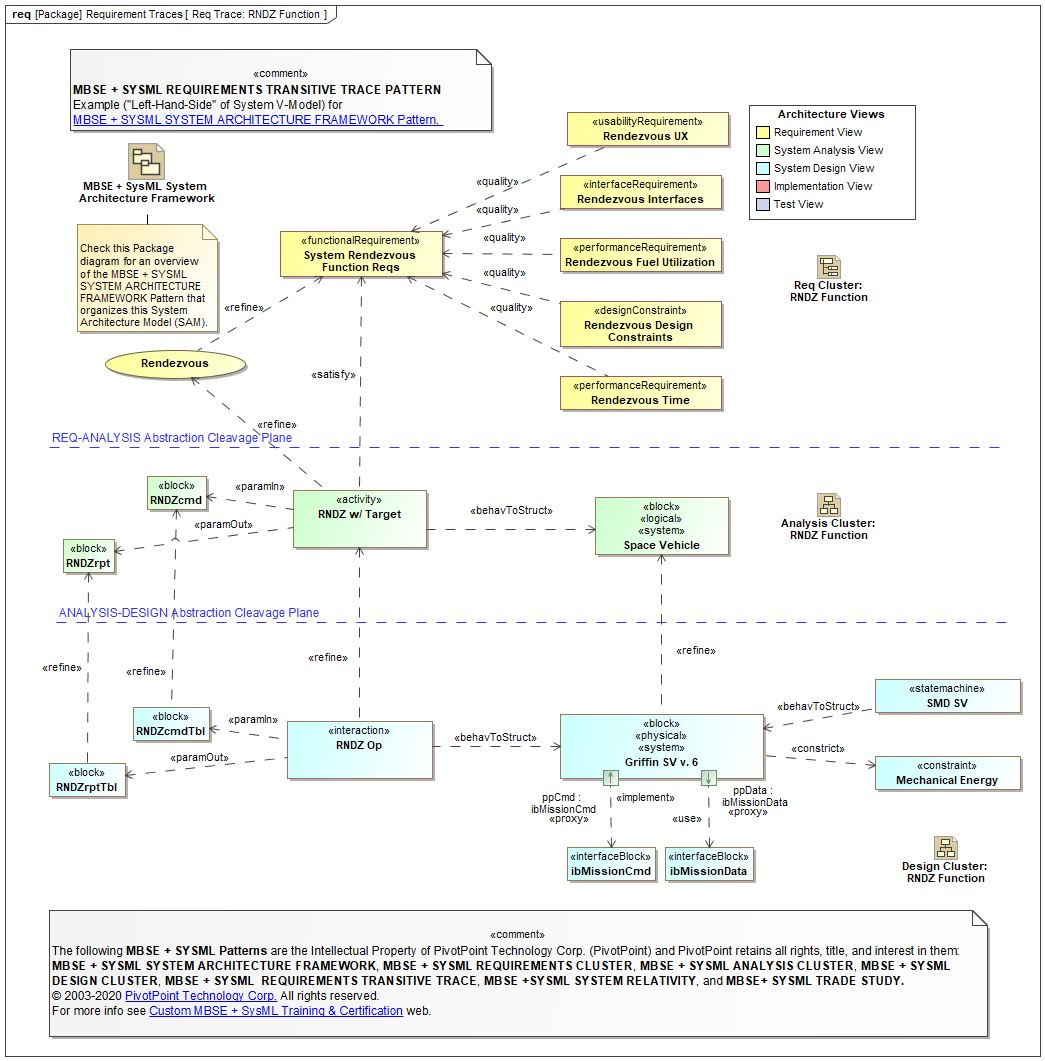MBSE FAQ: How does MBSE enable Requirements Verification & Validation (V&V)?
Since the terms "verification" and "validation" are commonly conflated among systems and software engineers, we first clarify the differences between them using Boehm's classic formal and informal definitions [Boehm 84]:
A. DefinitionsVerification - to establish the truth of the correspondence between a software product and its specification. (Note: This definition is derived from the Latin word for "truth," veritas. Note also that data bases and documentation are fit subjects for verification, as well as programs.)
Validation - to establish the fitness or worth of a software product for its operational mission. (Note: This definition is derived from the Latin word for "to be worthy," valere.)Informally, we might define these terms via the following questions:
Verification: "Am I building the product right?"
Validation: "Am I building the right product?"— [Boehm 84] Guidelines for Verifying and Validating Software Requirements and Design Specifications
Requirement Validation is typically the responsibility of system Stakeholders, who review Requirement specifications (e.g., SysML Requirement diagrams) to determine that they define "the right product" to be built. Requirement qualities checked during Validation include, but are not limited to, the following: Correctness, Completeness, Consistency, Clarity (Unambiguousness), Conciseness, Feasibility, Necessity, and Prioritization.
- SysML Support for Requirement Validation: SysML supports Requirement Validation by defining Requirements as first class visual modeling elements that can be classified (e.g., Functional, Performance, Interface, Design Constraints), organized into hierarchies (via Containment relationships), and assigned properties (TaggedValues) as needed (e.g., Risk, VerifyMethod, Priority, Level-of-Effort).
Requirement Verification is typically the responsibility of System Engineers and Systems Analysts, who (as per [Boehm 84]) "establish the truth of the correspondence between" the systems engineering product and its Requirement specification.
- SysML Support for Requirement Verification: SysML primarily supports Requirement Verification via two complementary relationships:
- Satisfy («satisfy») dependency: The client model element fulfills a supplier Requirement. (See example.)
- Verify («verify») dependency: The client TestCase («testCase») determines whether a supplier Requirement has been fulfilled. (See example.)
Another Requirement Verification best practice is to define a VerifyMethod property (TaggedValue) for Requirements with appropriate values (e.g., Analysis, Demonstration, Inspection, Test).
TOGAF and ARCHIMATE are trademarks of The Open Group.
ENTERPRISE ARCHITECT is a trademark of Sparx Systems Pty Ltd. MAGICDRAW and CAMEO are trademarks of No Magic, Inc. RATIONAL RHAPSODY is a trademark of IBM.
All other trademarks are the property of their respective owners.



